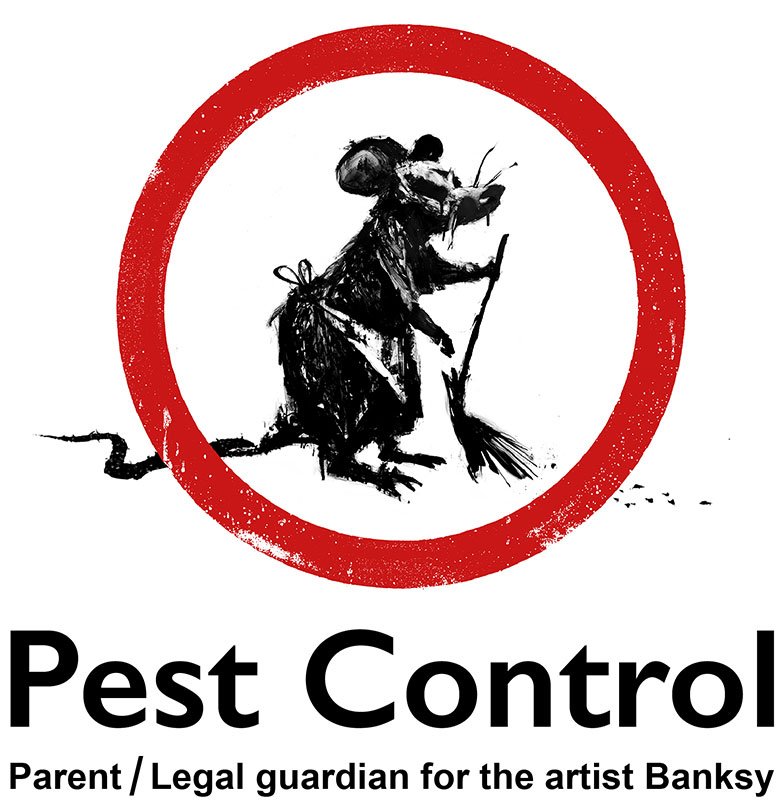Bed Insect Therapy Malfunction: Contrasting Chemical Vs. Non-Chemical Solutions
In the world of insect control, particularly when handling the relentless issue of bed insects, the selection between chemical and non-chemical treatment solutions can be a pivotal one. Both techniques supply unique advantages and disadvantages, affecting variables such as efficiency, safety considerations, and total cost. By taking a look at the nuanced details of each approach, a clearer understanding of which path to pursue in resolving a bed bug infestation can be obtained.
Performance of Chemical Treatments
Chemical therapies for bed insect infestations have been commonly identified for their rapid and potent efficacy in eliminating these pests. When considering the efficiency of chemical treatments, it is important to understand that they can provide a thorough and fast option to a bed bug issue.
Moreover, chemical therapies have the advantage of supplying recurring impacts, indicating that they can remain to remove bed bugs even after the first application. This residual activity is especially advantageous in combating any possible re-infestations. Additionally, the quick activity of chemical treatments can bring alleviation to people dealing with extreme bed pest invasions, permitting them to restore control of their home quickly.
Security Worry About Chemical Solutions
One important facet that calls for careful consideration when utilizing chemical remedies for bed pest treatment is guaranteeing the safety and security of residents and the setting. While chemical therapies can be reliable in eradicating bed insects, they might present risks if not taken care of properly. Among the primary safety interest in chemical solutions is the potential harm they can cause to human health. Direct exposure to particular chemicals made use of in bed pest therapies can bring about respiratory system concerns, skin inflammation, or various other damaging responses, particularly in individuals with pre-existing conditions or sensitivities. In addition, inappropriate application or dose of chemical pesticides can result in toxic deposits sticking around in the treated location, posing long-lasting wellness threats to owners.
Additionally, the ecological effect of chemical options is an additional significant consideration. Some pesticides made use of in bed bug therapies might be damaging to advantageous pests, wildlife, and environments if they leach right into the dirt or water systems. It is necessary to use chemical therapies deliberately, following security standards, and thinking about much less toxic options to minimize these threats and guarantee the effective and risk-free management of bed insect problems.
Benefits of Non-Chemical Techniques
Thinking about the potential safety problems and ecological impact linked with chemical options for bed pest therapy, discovering non-chemical techniques presents an encouraging option with a number of distinctive advantages. Non-chemical treatments are ecologically friendly, as they do not add to air or water pollution, making them a lasting selection for bug control.
Additionally, non-chemical solutions can be effective in targeting bed pests, including hard-to-reach locations where chemical therapies might not pass through - A1 bed bug treatment in charlotte. Approaches such as warmth therapy, vacuuming, vapor cleaning, and bed mattress coverings give detailed removal without the use of unsafe chemicals.
Limitations of Non-Chemical Treatments

Additionally, non-chemical treatments usually require several applications to achieve effective elimination. This can be taxing and may not constantly guarantee full removal of all bed insects and their eggs, particularly in surprise or hard-to-reach places.
Furthermore, the success of non-chemical treatments greatly counts on appropriate execution and thoroughness, which can be challenging for individuals without professional know-how. Poor application of non-chemical methods may lead to insufficient elimination, leading to persistent infestations and the requirement for added therapies.
Therefore, while non-chemical treatments have their advantages, it is vital to recognize these limitations and consider them when identifying the most reliable approach for managing bed bug invasions.
Price Contrast: Chemical Vs. Non-Chemical Options
Offered the constraints linked with non-chemical therapies, a vital element to assess in the context of bed bug management is the expense contrast in between chemical and non-chemical alternatives. Chemical therapies usually entail the application of pesticides by specialists, which can vary from $250 to $900 per area, depending on the extent of the problem and the dimension of the area useful content to be treated. On the other hand, non-chemical therapies like warmth therapy or heavy steam can be more pricey, with costs ranging from $1,000 to $6,000 for a whole home. While the preliminary expense of chemical treatments might seem lower, multiple therapies may be needed to totally get rid of the invasion, potentially raising the total expense. On the various other hand, non-chemical choices may give a much more sustainable and environmentally friendly service, although they can be cost-prohibitive for some people. Eventually, when thinking about the cost of bed pest treatment choices, it is necessary to weigh the in advance expenses against the effectiveness and long-term sustainability of the chosen technique.
Final Thought

Thinking about the possible safety issues and ecological impact linked with chemical solutions for bed insect therapy, discovering non-chemical approaches offers an encouraging alternative with numerous distinct advantages.Offered the limitations connected with non-chemical therapies, a crucial aspect to review in the context of bed insect monitoring is the price contrast between chemical and non-chemical choices. In contrast, non-chemical treatments like warm therapy or heavy steam house pest control spray can be extra expensive, with costs ranging from $1,000 to $6,000 for an entire home. While the preliminary price of chemical treatments may seem lower, several treatments may be needed to completely get rid of the problem, possibly boosting the total cost.In conclusion, when comparing chemical and non-chemical bed bug treatment options, it is crucial to consider effectiveness, safety, benefits, read the full info here restrictions, and cost.
Comments on “Reliable A1 Bed Bug Treatment in Charlotte - Safe and Proven Methods”